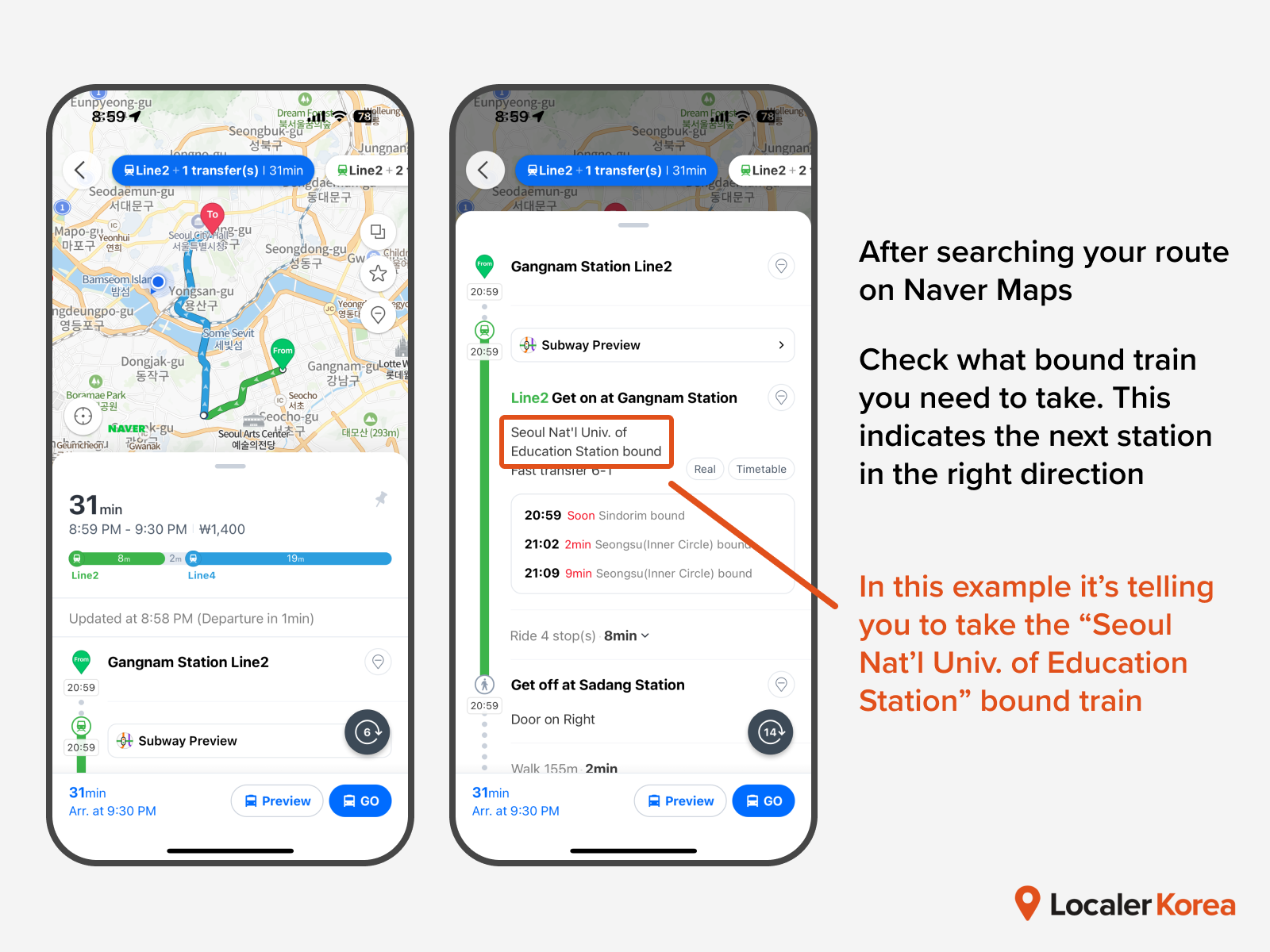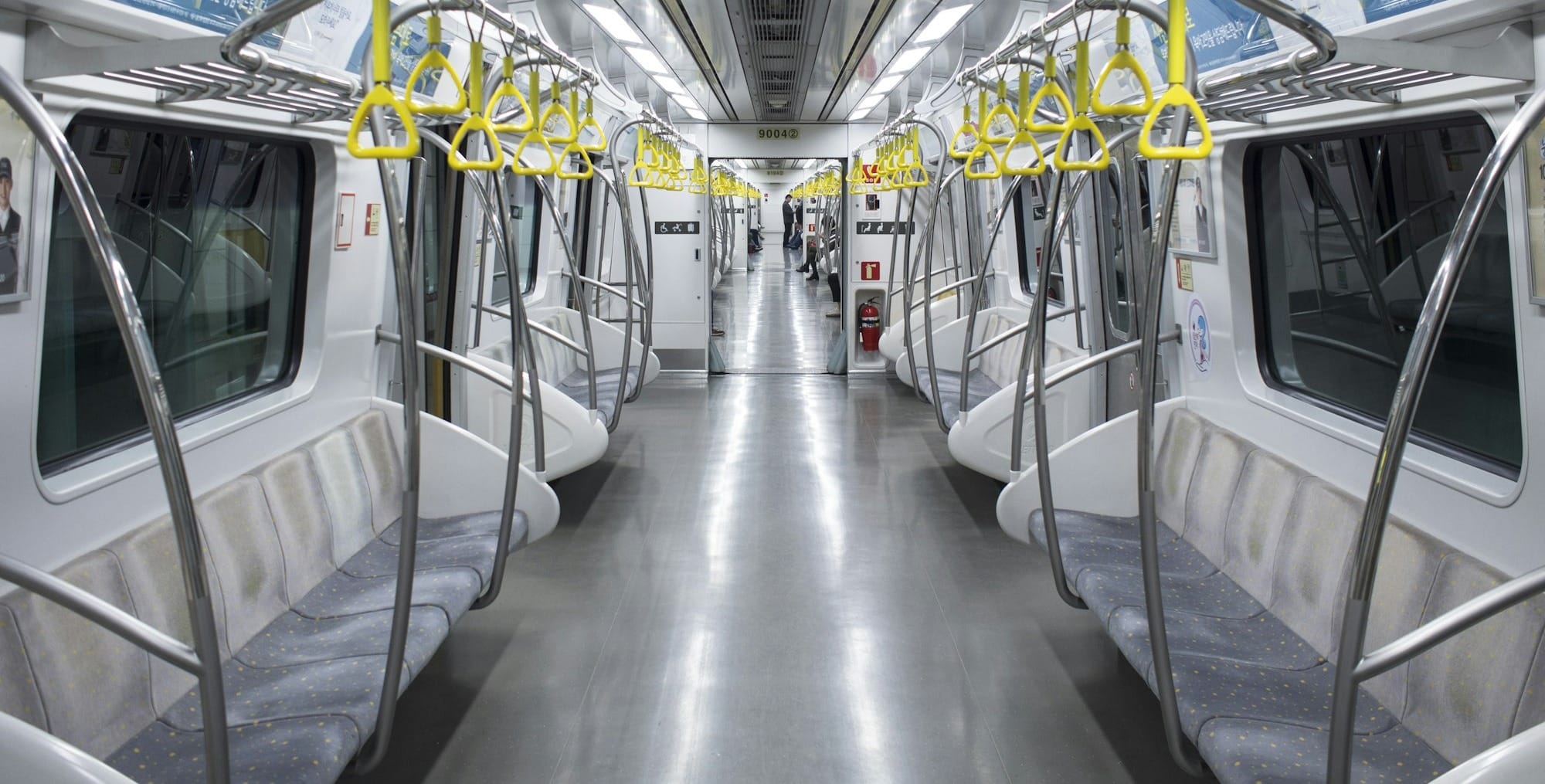Local's Ultimate Guide to Seoul’s Metro Subway System
When visiting Seoul, one of the things that stands out most is the convenience of the city’s metro system. The Seoul Metro is a clean, safe, and affordable network designed to serve millions of passengers daily. With signage and announcements available in multiple languages and helpful transfer guides between lines, the metro provides great accessibility for foreigners too. In a city known for frequent traffic jams, the metro is the most reliable way to ensure you get to your destination on time, all while enjoying free WiFi onboard.
Seoul Metro Overview
Seoul and the surrounding metropolitan area are connected by 24 lines, covering almost every corner of the city. Thanks to this, you can usually reach most destinations with just 1~2 transfers. If you’re unsure about which line to take, apps like Naver Maps and Kakao Maps offer detailed information about transfers, routes, and even which exit to use at the station.
Seoul Metro Operating Hours
Most Seoul Metro lines operate between 5:30 AM and 11:30 PM, though this may vary slightly depending on the line and station. Trains are usually scheduled in intervals of 5-20 minutes.
Seoul Metro Map

Seoul Metro Tickets and Prices
Using a T-Money Card
While single-ride tickets are available at every station, the easiest and most convenient way to travel around Seoul is by using a T-Money card. This rechargeable public transportation card can be used not only for the metro but also for buses and even at convenience stores.
You can load money onto your T-Money card at one of the kiosks at every subway station or at convenience stores. Once you have money on your T-Money card, you simply tap the card on the T-Money pad on the right-hand side of the gate you are passing through.
Single Use Tickets
If you want a single-use ticket instead, you can buy a ticket at one of the kiosks next to the gates. One thing to note is that there is a small deposit of 500 KRW when you use a single-use ticket to encourage people to recycle the metro cards. You can get the deposit back once you return the card upon exiting the gate at a single-use ticket returning machine.
How much does the Seoul Metro cost?
Seoul Metro ticket prices are inexpensive compared to many other cities, ranging from KRW 1,400 to KRW 3,800. Depending on. The fare will be automatically calculated based on the distance traveled, which line you take, and transfers.
Seoul Metro Discounts
Transfer rides within 30 minutes of getting off the metro or bus are discounted (usually to a few hundred KRW). This applies to transfers made to different subway lines and transfers from the subway to a bus (or vice versa). To get the discount, you need to make sure to scan your card whenever you get off the bus or subway.
Seoul Climate Card
A cheaper way to use public transportation in Seoul is to use the Seoul Climate Card which is an unlimited public transportation ride pass operated by the city of Seoul. The card is good for rides on both the metro subway and buses in Seoul with the exception of routes that start from outside of Seoul.
Riding the Seoul Metro
Entering and exiting the metro gates
Once you’ve purchased your ticket, you need to tap the card on the card reader at the gate to enter the metro. While gate designs may vary slightly, the system is very intuitive; simply tap your card on the reader located on the right-hand side of the gate and walk through.
The gates always have intuitive audio feedback to tell you your card is good. If your card doesn't work for whatever reason, a wall will pop out of the gate and block you from entering. If your card repeatedly doesn't work, there is usually a booth near the gate where you can get help from an employee.
You also need to tap your card on the way out at your final destination because the metro system automatically calculates a fare based on how far you traveled. If the gate doesn't let you exit, it might mean that you don't have enough money left on your card for the adjusted fare. In this case, you can use the kiosk inside of the gate to put more money onto your card to exit.
Boarding the train

Once you've entered the gate, make sure to go to the right platform. Though most signs in the Seoul Metro system have translations in English, Chinese, and Japanese, it’s easy to get confused, and even locals occasionally get mixed up.
First, go to the right metro line you are trying to take. This part is pretty clear as each metro line has its own color. (Line 1 : Dark Blue, Line 2: Light Green, Line 3: Orange, etc.) There are color-coded lines on the floor and walls that will lead you to the right metro line.
The confusing part is figuring out which way to take the metro. Most stations have two directions of travel on each line. Depending on the station, you may find the tracks of both directions on the same platform or be entirely separated on either side of the tracks. In the latter case, make sure to check which stairs to take down to the platform before you go.
If you use Naver Maps, it will tell you what "bound" train to take. This indicates the next station in the train direction you are supposed to take.

Transferring on the Metro
Transferring in the metro is a very common way to travel in Seoul. Walking to your transfer train takes just a few minutes and trains are scheduled frequently which makes transferring quite convenient. You can get to most destinations with just 1~2 transfers. For example, in the above image, you only need a single transfer to get from Gangnam Station to Myeongdong Station.
Localer's Tip : No Transfer Gate Charges
Scanning your card at Seoul Metro transfer gates in itself does not incur extra charges so don't worry about them. Your final charge is calculated as you exit the gate at your destination where there may be an extra charge but it's usually a negligible amount(a few hundred KRW).
Inside the Train

While Seoul’s metro can get crowded, especially during peak hours, it remains quiet and orderly. Most passengers keep to themselves, often immersed in their phones, thanks to the free onboard WiFi.
A feature to note about Seoul’s metro system is the designated priority seating for the elderly, disabled, and pregnant women. These seats are mostly located at either end of each train section and marked with signs and different colored seats. Don't use the seats unless you apply to the criteria, as leaving them vacant is a cultural norm, even if no one immediately needs them.
Localer's Tip : Keep quiet inside the train
The metro is usually pretty quiet. Try to keep your conversation quiet and be respectful of others' space. I've personally had a few occurrences where someone confronted me for talking too loud on the metro.
Is the Seoul Metro safe?
The Seoul Metro is widely regarded as one of the safest in the world. CCTV cameras monitor every station and train car, and station staff frequently patrol the premises. There is also a division of the police dedicated to the metro system which responds super quickly to the exact trains in need.
How to use Free WIFI on the metro
You can access the free wifi on the following networks on most trains. You just have to go through the terms and conditions web page for about an hour of free wifi.
- SKT : T Free WiFi zone
- KT : KT_Free_WiFi
- LG: FREE_U+zone_2.4GHz
The free networks listed above tend to have spotty connections at times. So, if you have a sim card from a Korean cellular provider, a better option is to use the dedicated wifi for customers of your cellular network which provides a very fast connection and unlimited usage.
- SKT - T wifi zone secure / T wifi zone
- KT - KT WiFi
- LG - U+zone_2.4GHz
Can you bring pets on the Seoul Metro?
Yes, but only small animals are allowed, and they must be in a designated pet carrier. Guide dogs for the visually impaired are welcome.
Does Busan have a Metro?
Yes, Busan, Korea’s second-largest city, operates six metro lines. The Busan Metro operates in much the same way as Seoul's Metro system.
Other Tips and Tricks
- Wrong platform? If you need to get to the opposite tracks and are blocked by an exit gate, you don't need to worry. Getting back on at the same station after exiting the gates is counted as a transfer though they have a shorter time window of 15 minutes.
- Platform safety: All platforms are fitted with screen doors, preventing accidents from falling into the tracks.
- Platform music: If you hear a tune playing, it means the train is approaching. Interestingly, the music for trains going in opposite directions is different!
- Escalator etiquette: Stand on the right side when on escalators, to allow people walking to pass on the left.
Overall, Seoul's Metro system is a great option to get around the city. I would consider it the most reliable form of public transportation since it runs on schedule unaffected by traffic. Moreover, Seoul has metro stations in every corner of the city which means the walk to your final destination is usually 10-15 minutes max after getting off.
However, if you are traveling as a family or have a lot of bags, all the stairs down to the tracks may be somewhat uncomfortable. In that case, I would recommend getting a taxi as prices in Korea are pretty reasonable and may even be around the same on short trips as paying for 3~4 people's metro fares. I wrote a guide to riding taxis in Korea here with detailed information on prices, how to call one, and how to avoid scams.
